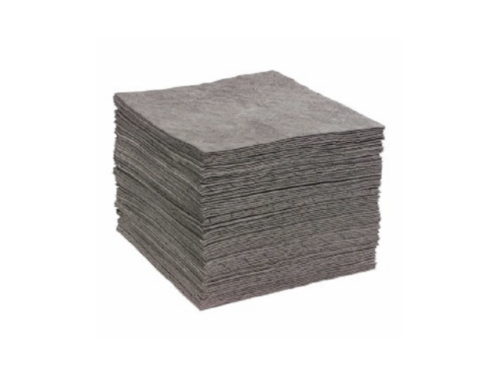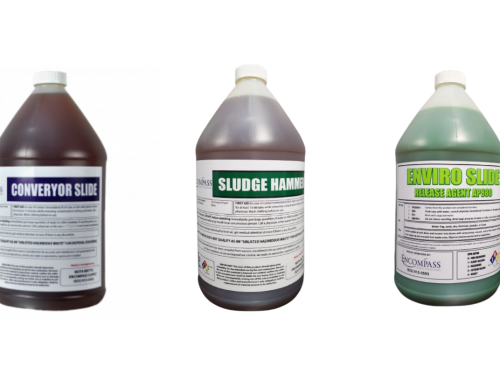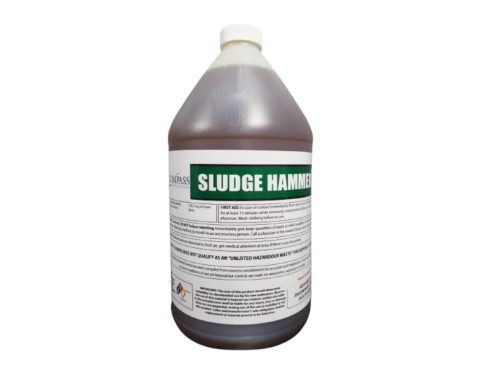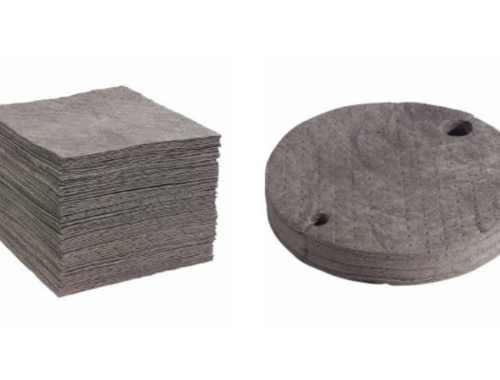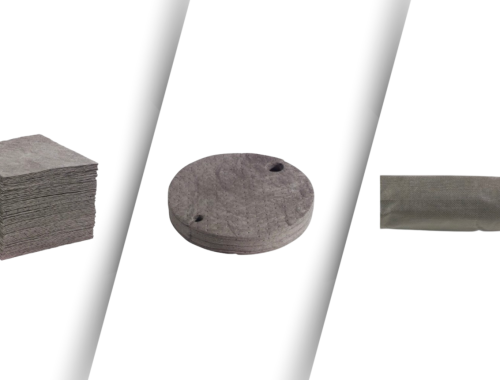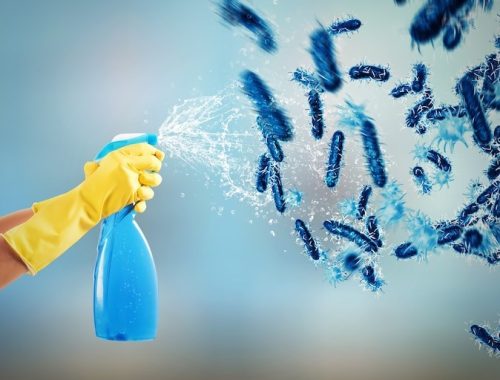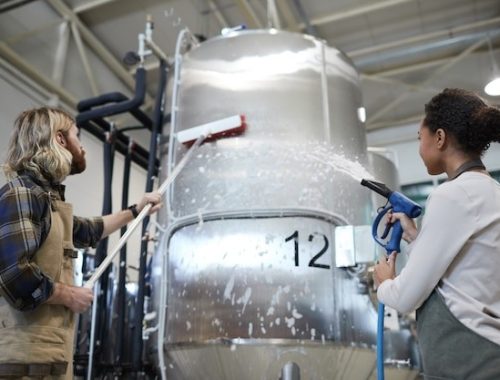Oil spills are a common concern in many industrial settings. Whether it’s a small leak or a larger spill, it’s important to have the right tools to manage the situation. Oil absorbent pads are one of the most effective solutions available for handling oil and liquid spills. They’re versatile, easy to use, and can be deployed quickly in emergency situations. Let’s explore the top five applications of oil absorbing pads in industrial environments.
1. Machine Maintenance and Cleaning
In industrial plants, machines often leak oil or hydraulic fluids. These leaks, if not addressed promptly, can cause damage to equipment, create hazards, and affect the efficiency of the work environment. Oil absorbent pads are ideal for soaking up oil and grease, preventing contamination and keeping work areas clean.
- Easy to use: Simply place the pads where the leak is occurring.
- Prevents spills: They catch any excess oil before it spreads across the floor.
- Long-lasting protection: Oil absorbent pads can be used multiple times, depending on the size of the spill.
By using oil absorbing pads during regular maintenance, you can prevent costly damage to machinery and reduce downtime.
2. Floor Spills in Warehouses and Factories
Factories and warehouses are high-traffic areas where spills are bound to happen. Oil absorbent pads are the perfect solution to quickly contain and clean up spills on the factory floor.
- Quick cleanup: Pads quickly soak up any oil or liquid, preventing it from spreading further.
- Non-slip surface: Oil absorbent pads can be placed on the floor to create a safer environment by reducing the risk of slipping.
- Cost-effective: They are a low-cost solution for preventing larger issues like staining and equipment corrosion.
These pads can be strategically placed in areas where spills are most likely to occur, ensuring fast and effective response when necessary.
3. Vehicle Maintenance Areas
In vehicle maintenance facilities, oil changes, fluid leaks, and spills are regular occurrences. Oil absorbent pads are highly effective in managing these types of spills.
- Easy to deploy: Place the pads under vehicles during maintenance to catch any fluid that leaks out.
- Large surface area: Pads can absorb oil, coolant, and other vehicle fluids efficiently.
- Reduces environmental impact: Proper use of absorbent pads can prevent harmful substances from being washed away into the environment.
Whether in an auto repair shop or a fleet management facility, these pads help keep maintenance areas clean and safe.
4. Cleaning Up After Natural Disasters or Accidents
Oil spills due to natural disasters or accidents are common in industrial settings, especially when machinery or vehicles are involved. Oil absorbent pads are a fast and effective method for managing spills caused by accidents or unforeseen events.
- Rapid deployment: The pads can quickly be laid out to absorb large amounts of oil from leaks or spills.
- Highly absorbent: These pads can absorb oils and other liquids like solvents, reducing the environmental impact.
- Prevents environmental damage: Oil absorbent pads are a critical tool for protecting soil, water, and air quality after a spill.
In addition, they help minimize the amount of time and resources needed for cleanup efforts.
5. Boat and Marine Industry Applications
In the boat and marine industries, oil and fuel spills are frequent due to the constant operation of engines and machinery. Oil absorbent pads are ideal for use in these industries, as they can be used both on land and in water.
- Efficient oil removal: The pads absorb oil from the surface of the water, preventing contamination of marine ecosystems.
- Portable and convenient: Pads can be placed in boats, docks, or other marine areas to clean up oil and fuel.
- Eco-friendly: Many oil absorbing pads are made from environmentally friendly materials that can be disposed of safely.
For industries that operate near or on the water, these pads are invaluable for preventing marine pollution and maintaining compliance with environmental regulations.
Conclusion
Oil absorbent pads are incredibly versatile tools that can be used across various industries to manage oil spills, clean machinery, and improve safety in the workplace. From industrial maintenance to vehicle servicing, these pads offer quick and effective solutions to keep environments safe and clean.
Incorporating oil absorbing pads into your cleaning regimen can help prevent costly damages, protect the environment, and ensure compliance with safety standards.
For businesses in need of oil absorbent pads, Encompass Supply Solutions offers a wide range of products designed for various industrial needs. Their selection of cleaning solutions and absorbent pads can help keep your workspace clean, safe, and efficient.

